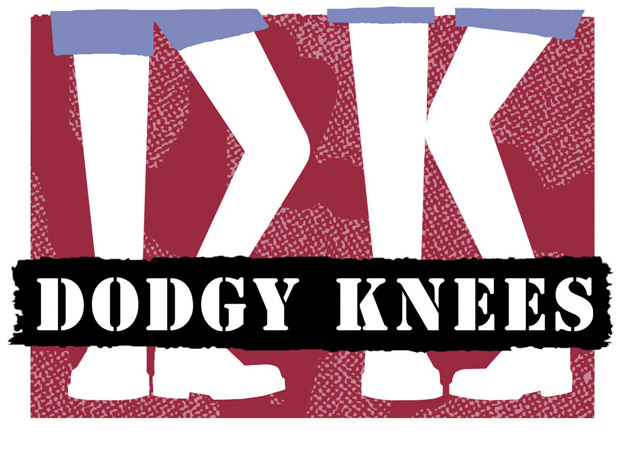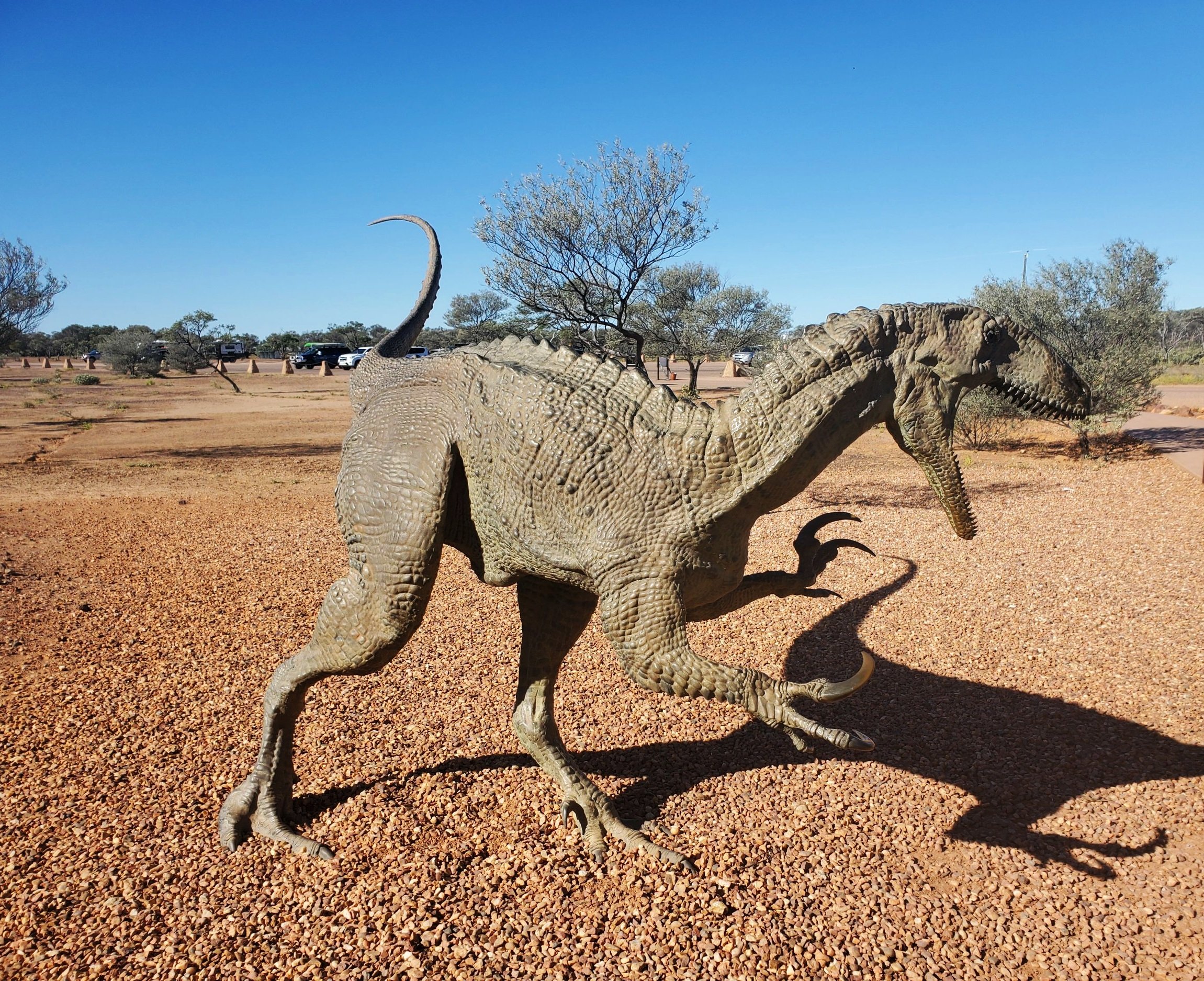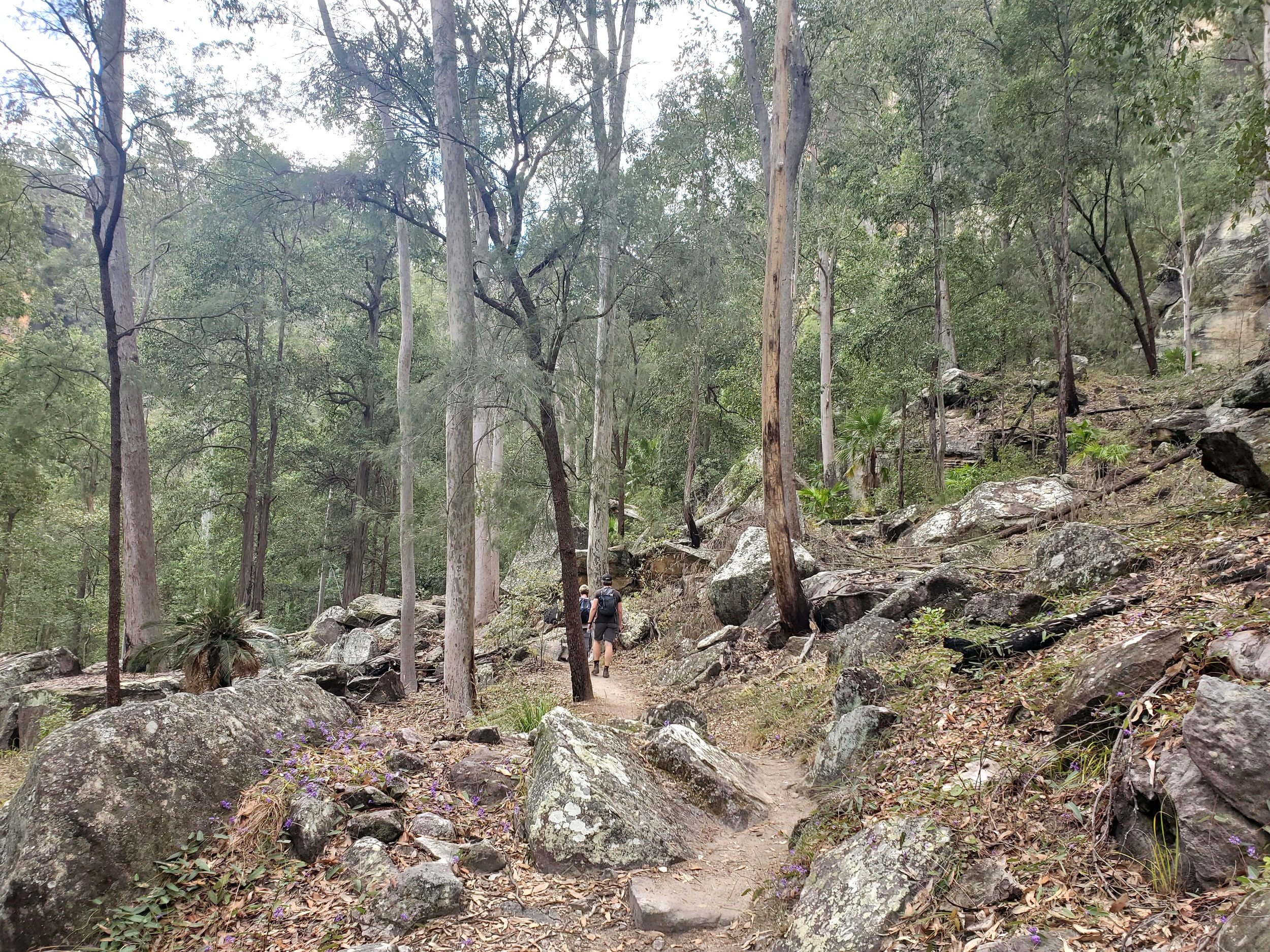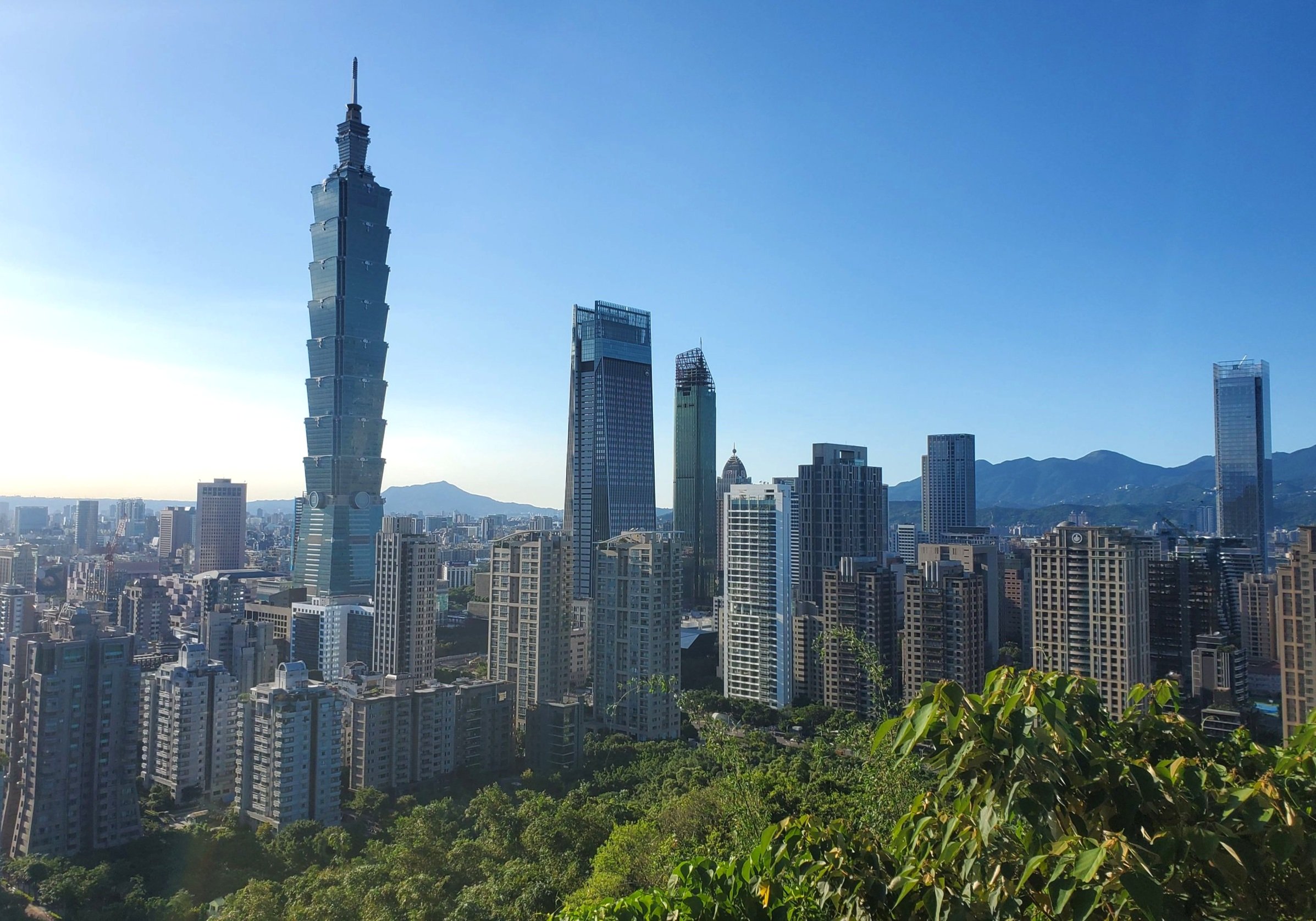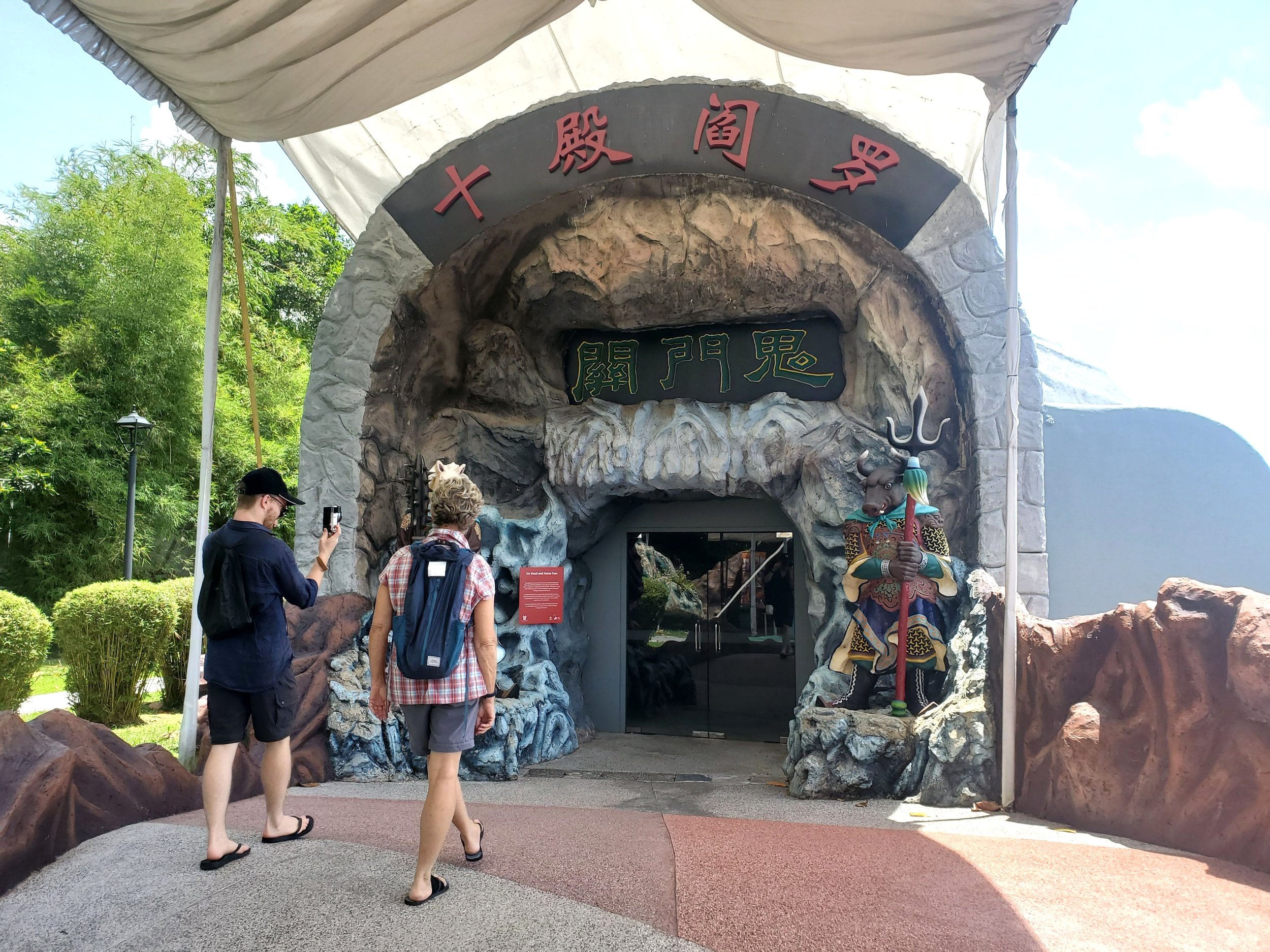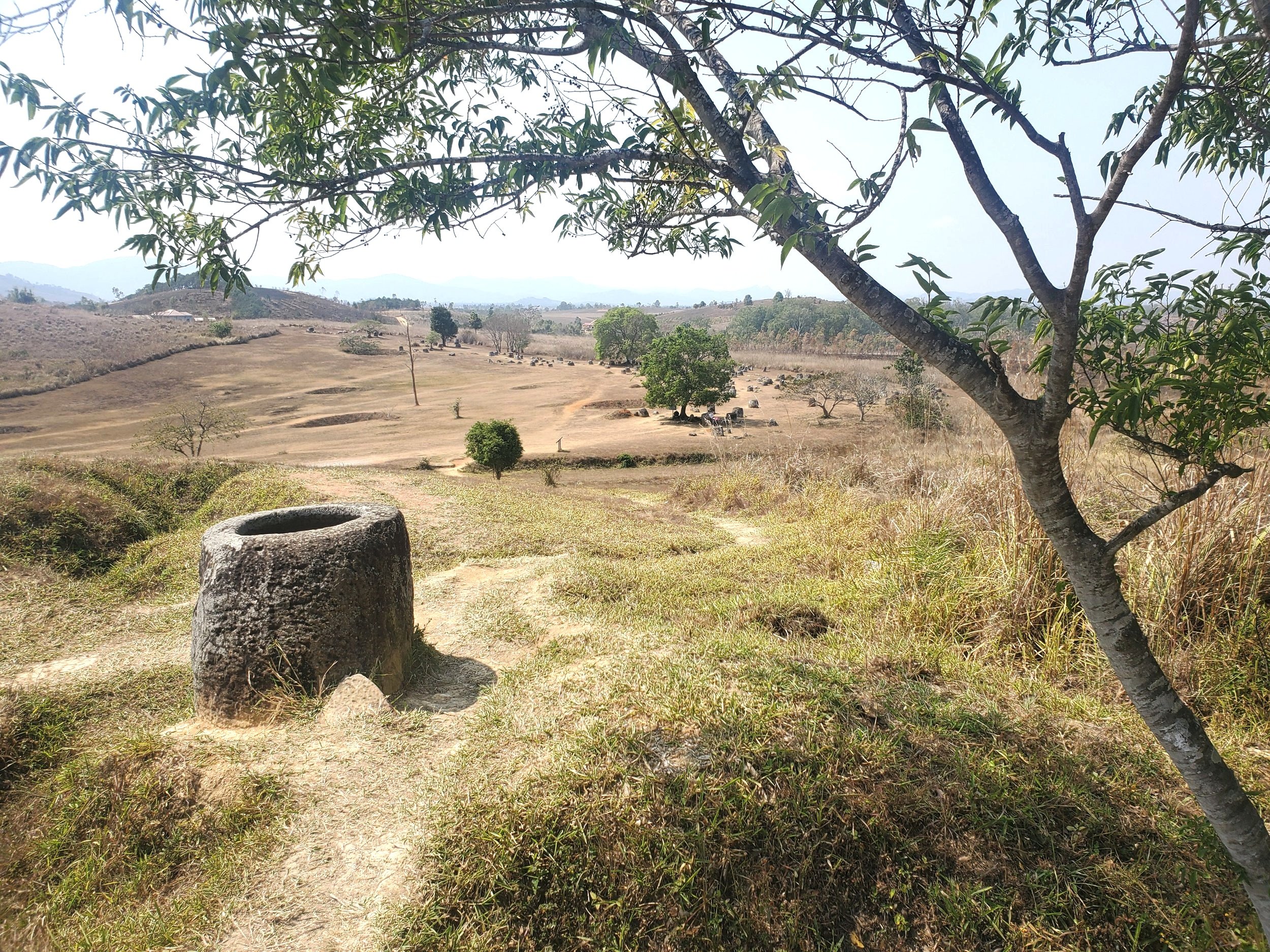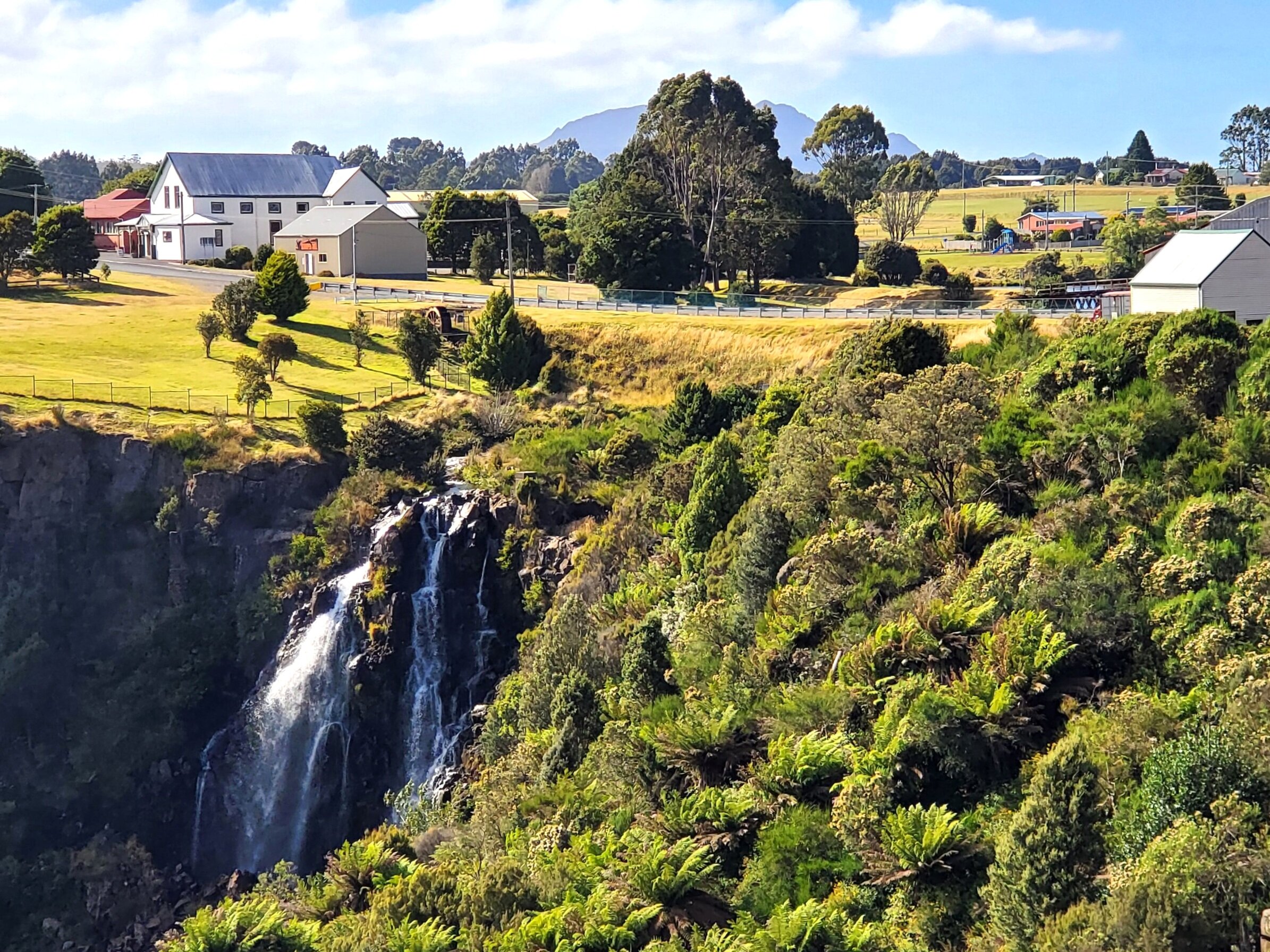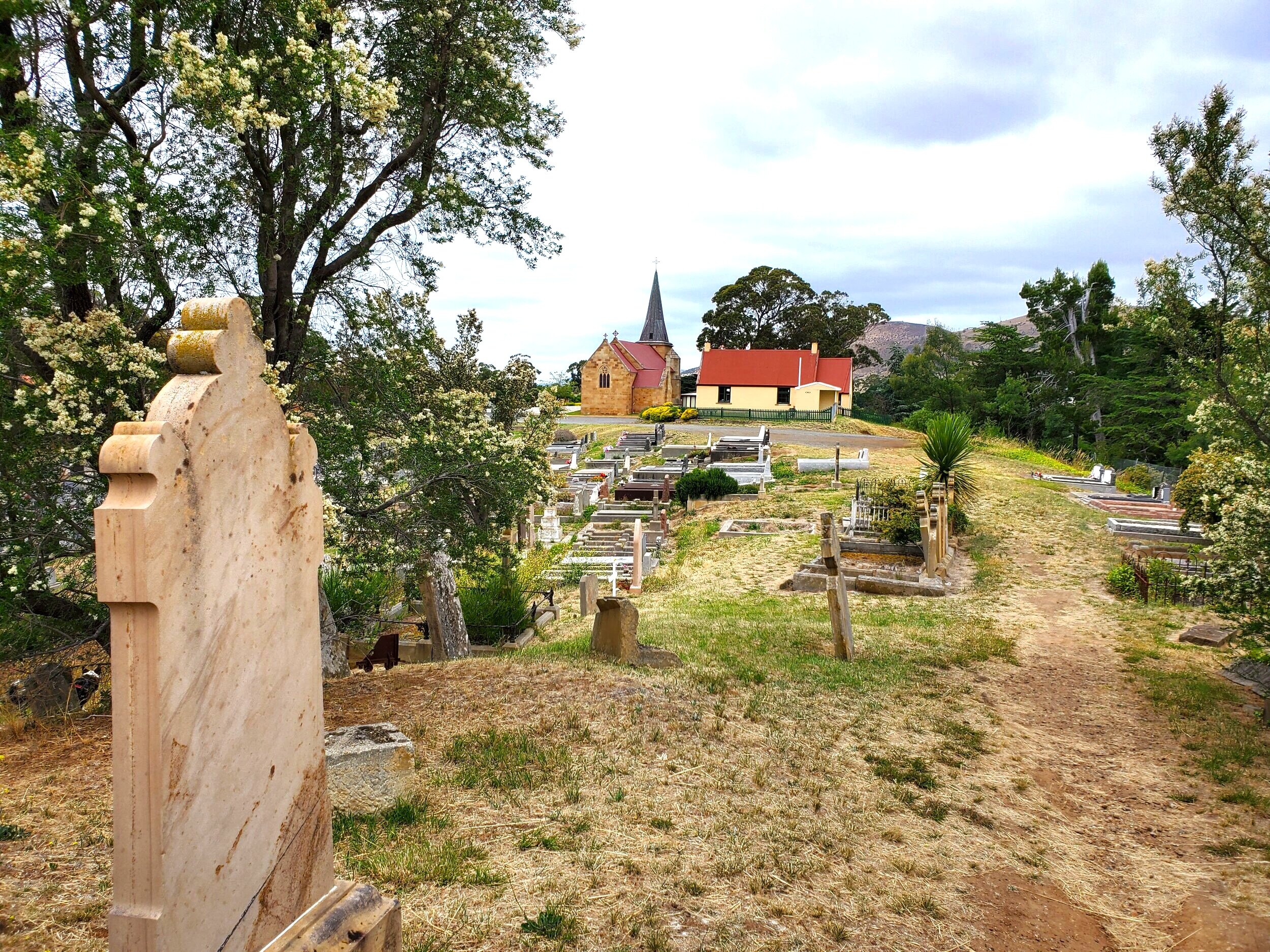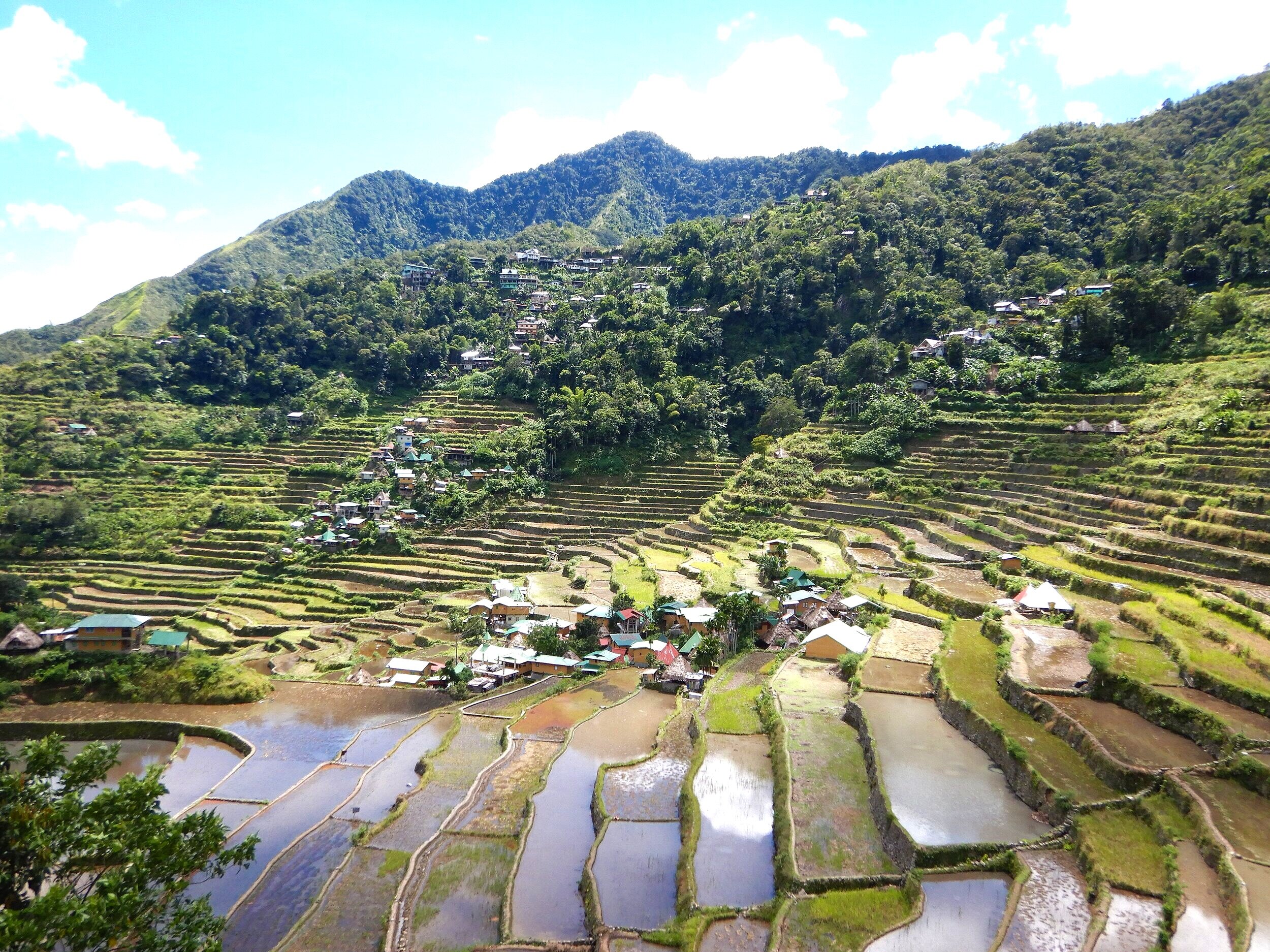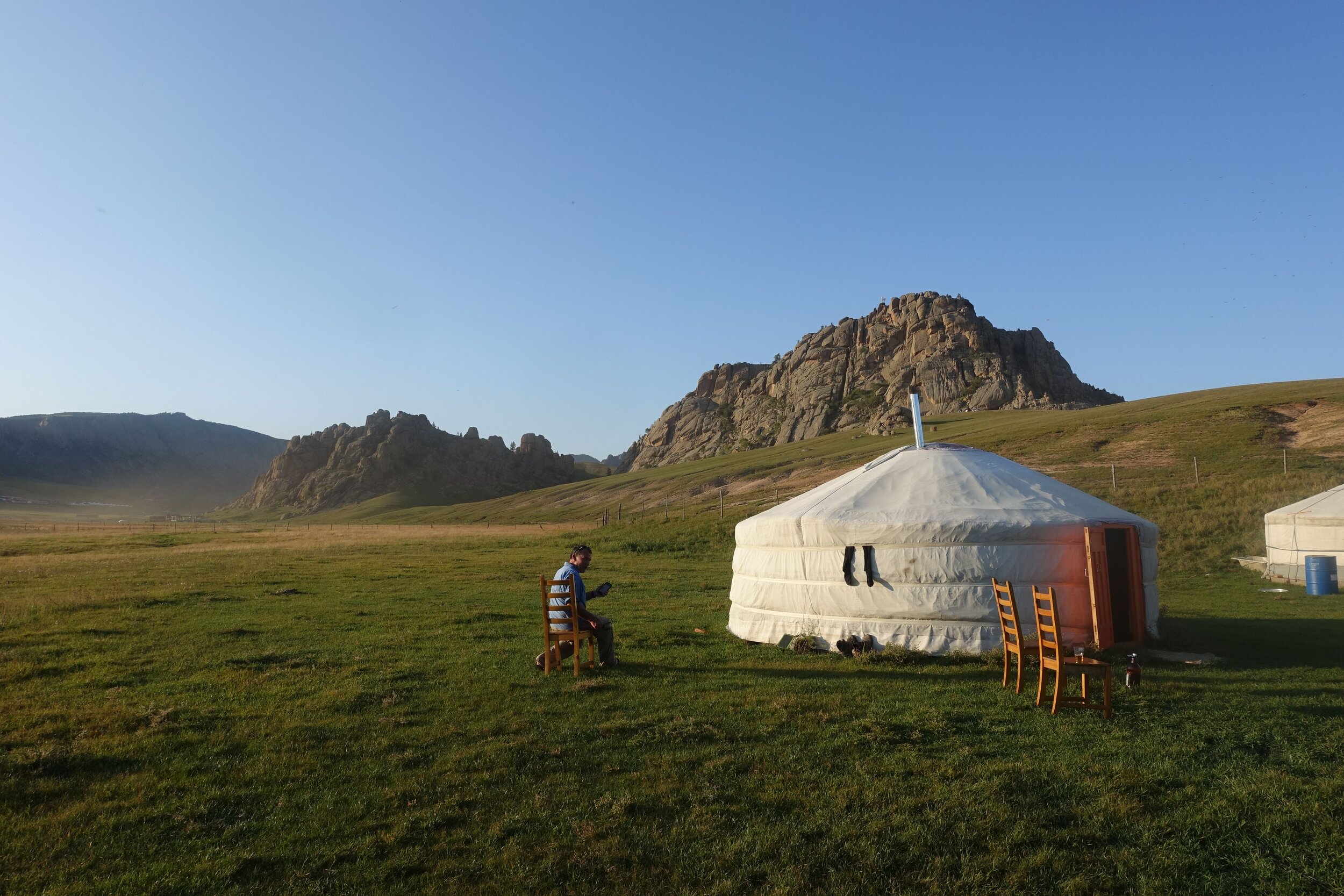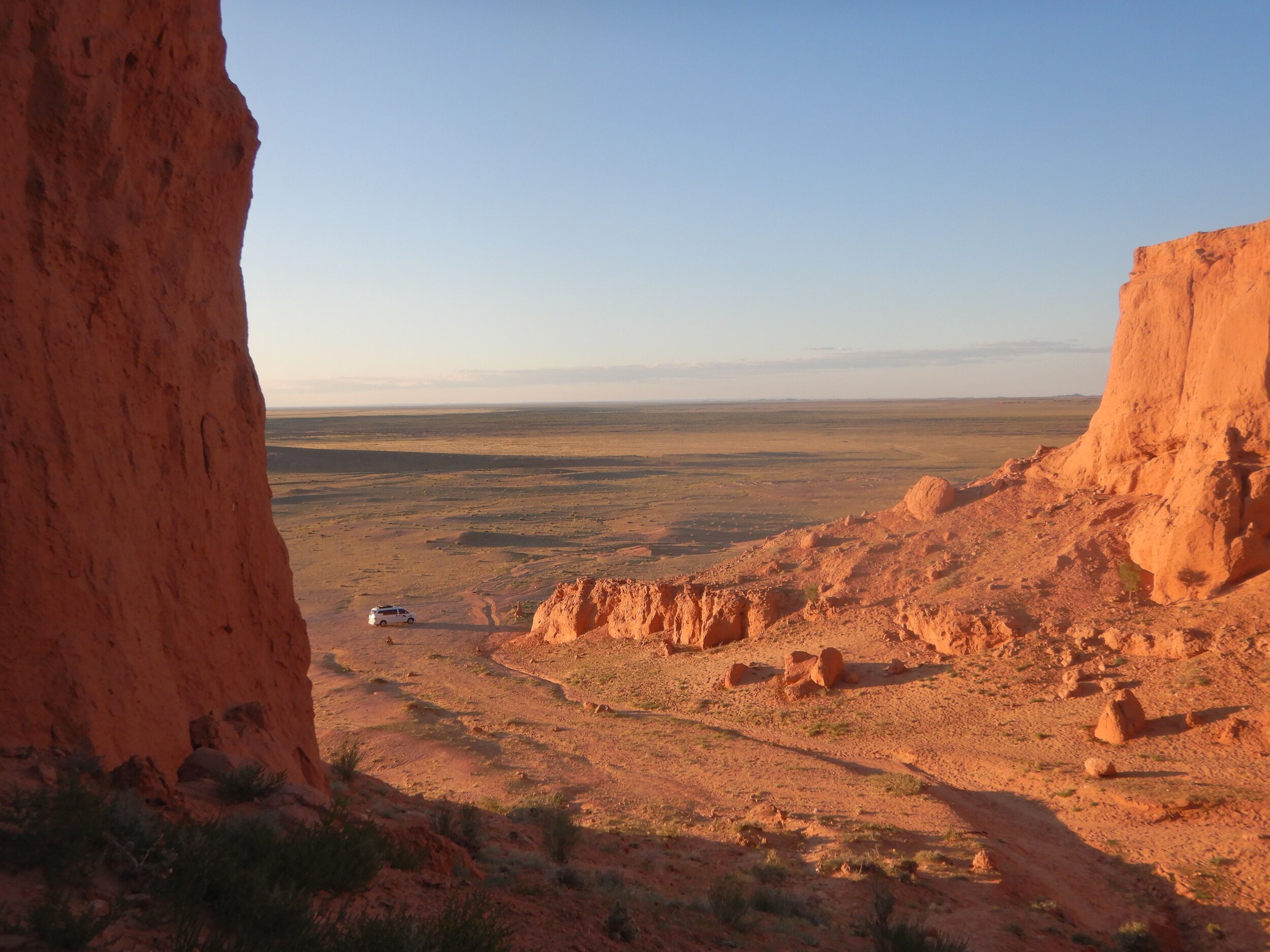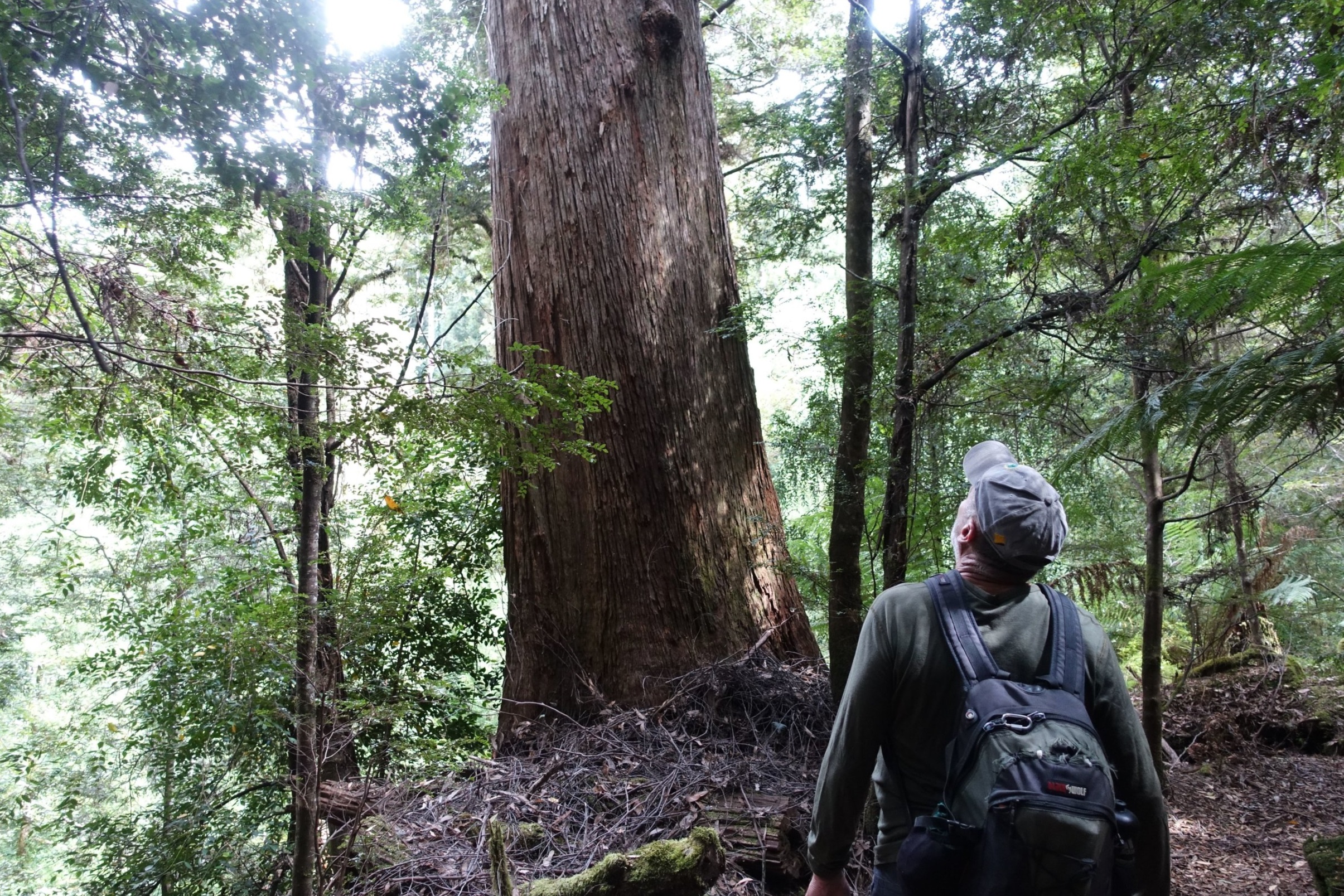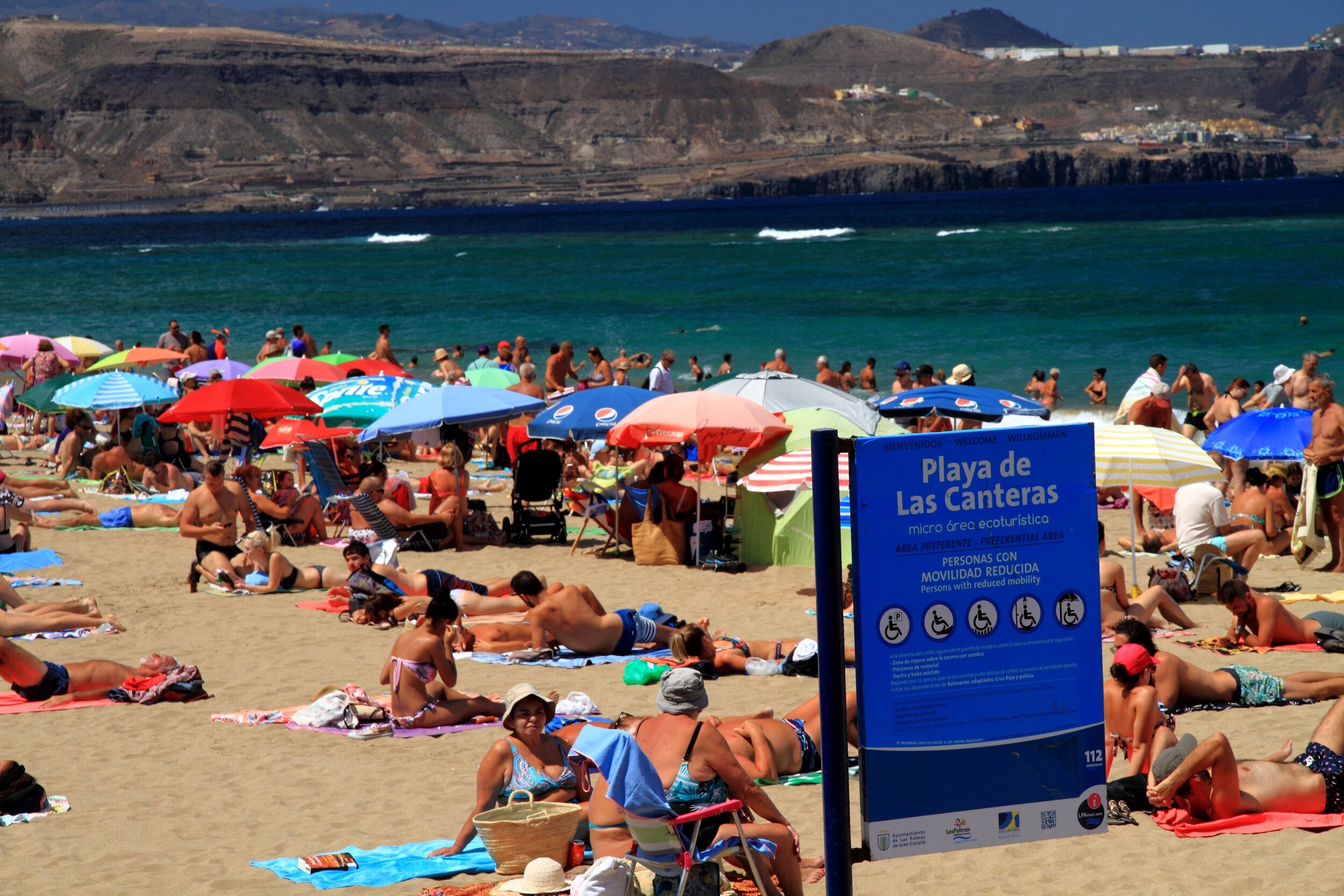Queensland's Dinosaur Trail (+ Carnarvon Gorge)
/Introduction
It used to be said that Australia lacked the sort of classic megafauna dinosaurs found in other parts of the world. But in recent decades that myth has been put to rest. And there is no better place to see many of Australia’s most impressive dinosaur fossils than outback Queensland’s Dinosaur Trail. We decided to check it out for ourselves on a recent visit to the region. After all who doesn’t love a dinosaur?
The Dinosaur Trail
The Dinosaur Trail links the Queensland towns of Richmond, Hughenden and Winton. The trail includes the Australian Age of Dinosaurs Museum and the remarkable Dinosaur Stampede National Monument. Click here to view the official Australian Dinosaur Trail site and map.
We headed into the region from the west, having just visited Alice Springs. Our route to Richmond, our first stop on the trail, took us through Mt Isa.
mt isa
We stopped over to visit the Outback at Isa – Hard Mines Tour. This is a recreated underground mine, built by a group of retired miners, where visitors get to experience firsthand the workings of an underground mine.
entrance to THE UNDERGROUND mine
We found it very educational and worthwhile.
Kronosaurus Korner – Richmond
Just over 400km east of Mt Isa is the small town of Richmond. Its main attraction is Kronosaurus Korner, which is billed as Australia’s best collection of marine dinosaur fossils.
The museum gets its name from Kronosaurus Queenslandicus, the largest known marine reptile to have been found in the region. A partial skeleton is on display.
With a population of only 650 in Richmond we’d assumed that the museum would be a modest affair. We couldn’t have been more wrong. The collection was extensive and very well presented.
For us the star of the show was the almost complete skeleton of a 4.25m pliosaur called Penny. Think pliosaur think Loch Ness Monster.
Penny’s skeleton was fascinating. It was amazing to think that we were looking at the fossil of a marine dinosaur that lived over 100 million years ago.
penny
The region was once part of a vast, shallow, inland sea, hence the presence of so many marine reptile fossils. On display is a vast array of extinct marine life including a fossilised foetus inside an adult ichthyosaur, many different types of fish, ammonites and squid.
Kronosaurus Korner also offers fossil hunting trips. Click here for more information on the museum and its activities.
Flinders Discovery Centre – Hughenden
Our next stop was Hughenden, 115 kms east of Richmond. Here the Flinders Discovery Centre is home to a full sized Muttaburrasaurus replica.
The Muttaburrasaurus was a large plant-eating dinosaur. It was named after the nearby small town of Muttaburra where it was first discovered. It is renowned for being the Australian dinosaur that the most is known about due to the completeness of its skeletal remains, which are in the Queensland Museum in Brisbane.
The replica skeleton is worth a look, and there are some other locally found fossils on display. However, overall, there’s not as much to see as Kronosaurus Korner.
Click here for more information about the Flinders Discovery Centre.
Australian Age of Dinosaurs Museum – Winton
From Hughenden we drove 215 kms southwest to Winton. Some 15 kms east of Winton is the Australian Age of Dinosaurs Museum.
museum entrance
The museum is home to the nation’s largest collection of dinosaurs. It is split between three facilities: the Fossil Preparation Laboratory, Collection Room, and Dinosaur Canyon. Click here to visit the museum’s website for more detailed information on each of these.
massive sauropod leg bone
We’d underestimated how much there was to see so had to make some decisions on what was possible in the time we had available. We chose to tour the Fossil Preparation Laboratory and Collection Room. We didn’t have time to go to Dinosaur Canyon with its many dinosaur statues.
our fossil prep lab guide
In the Fossil Preparation Laboratory, we learned how fossils are recovered from the field and processed at the museum ready for further study and, in some cases, display. Massive plaster of Paris castes encased fossils yet to be processed.
At the museum it is also possible to sign up as a volunteer to do some of the fossil preparation work.
volunteers working on fossils
In the Collection Room we saw the fossils of Banjo, Australia’s most complete carnivorous dinosaur skeleton, and Matilda, a massive, plant-eating sauropod. This was accompanied by an animated documentary recreating the lives of the two.
the collection room
Dinosaur Stampede National Monument – Winton
110 kms southwest of Winton is Lark Quarry. This is the location for the Dinosaur Stampede National Monument. The fossilised record of a dinosaur stampede that occurred 95 million years ago is preserved and protected by a large purpose-built shelter.
It was here, on the shores of what was then a shallow lake, that a large ornithopod (two-legged dinosaur with bird-like feet) came to drink. It encountered a large group of chicken-sized coelurosaurs and larger herbivorous ornithopods. The footprints created in the stampede that ensued, as the smaller animals fled from the larger one, have been captured in this globally unique fossil site.
It can only be visited as part of a tour. But the benefit of this is that the guides unpack the scene in captivating detail. There is also a short introductory animated film to get you in the mood. Very impressive.
There are also walking trails around the monument that are accessible to visitors. We went for a bit of a stroll after our tour finished.
landscape around the national monument
Winton’s other claim to fame is that it is the town where, reputedly, Banjo Paterson wrote and first performed Waltzing Matilda. The Waltzing Matilda Centre in the town is popular with tourists.
waltzing matilda-inspired jolly jumbuck statues in winton’s main street
Carnarvon Gorge
Our visit to the Dinosaur Stampede National Monument concluded our Dinosaur Trail experience. We then headed southeast 790 kms to Carnarvon Gorge, a 30 km gorge with dramatic 200m high sandstone cliffs which sits within the Carnarvon National Park.
We allowed two full days to explore the gorge. On day one we decided to do the 19.2 km walk from the Visitor Centre to Cathedral Cave and back.
cathedral cave
The trail winds its way along the valley floor and is reasonably flat.
There are numerous easy creek crossings.
The pleasant walk goes through lush forest of tall gums, king ferns, cycads, cabbage palms and much more.
There are various short side trips leading off the main trail, which are all worth doing. We chose to walk directly to Cathedral Cave and do the side trips on the return leg.
Click here for more information on Carnarvon Gorge and its walking trails.
entrance to cathedral cave
Cathedral Cave
Thousands of years of Aboriginal occupation are in evidence throughout the park with the rock art at Cathedral Cave being particularly striking.
The well-constructed walkways get you up close, while ensuring the preservation of the paintings and engravings.
Boowinda Gorge
We’d originally intended to turn back from Cathedral Cave but realised that Boowinda Gorge was just a short distance further on.
So, we continued on to have a quick look.
Art Gallery
en route to the art gallery
Heading back down the main trail our next short side trip was to the aptly named Art Gallery.
Again, visitor access to the site has been well thought through.
Wards Canyon
Wards Canyon is a shaded, fern-filled, narrow canyon. It gets its name from fur trappers who used it in the early 20th century. It was also an important place for Aboriginal women’s business for much longer than it was a trappers’ haunt.
It is home to some rare king ferns.
Amphitheatre
the gorge is very well signposted throughout
An impressive set of steps lead up to the Amphitheatre.
The track leads to a large natural chamber.
This is the appropriately named Amphitheatre.
Moss Garden
Our final side trip on Day 1 took us through some remnant rain forest.
After a short walk we arrived at a mossy, ferny glade with a pool and small waterfall – the Moss Garden.
A nice spot to sit and contemplate the excellent day we’d just had. Our total walk length for the day, once side trips were added, was 24 kms.
Boolimba Bluff
On our second day we took the trail up to Boolimba Bluff.
This was a much steeper walk than the previous day, though considerably shorter at around 7 kms return.
The views from the top were worth the effort.
Other Short Walks Day 2
We also did the short walk to the Rockpool.
A good spot for a lunch break.
And to Mickey Creek.
Conclusion
The Dinosaur Trail is growing in reputation and consequently increasing numbers of tourists are heading out to this part of Outback Queensland to explore it. We weren’t sure what to expect but were pleasantly surprised. The museums and exhibits are world class and exceeded our expectations. We came away very pleased that we’d made the long trek from Tassie to here.
And as for Carnarvon Gorge, it is a spectacular natural feature rich in Aboriginal history and very much worth a visit in its own right.
carnarvon gorge
If the Dinosaur Trail and Carnarvon Gorge are not on your travel ‘must visit’ list, they should be.
Ken and Cally
flies could be a little challenging at times (NB Jump -ups are the hills that pop up from the landscape near winton)
the flies are no match for this attractive headwear
